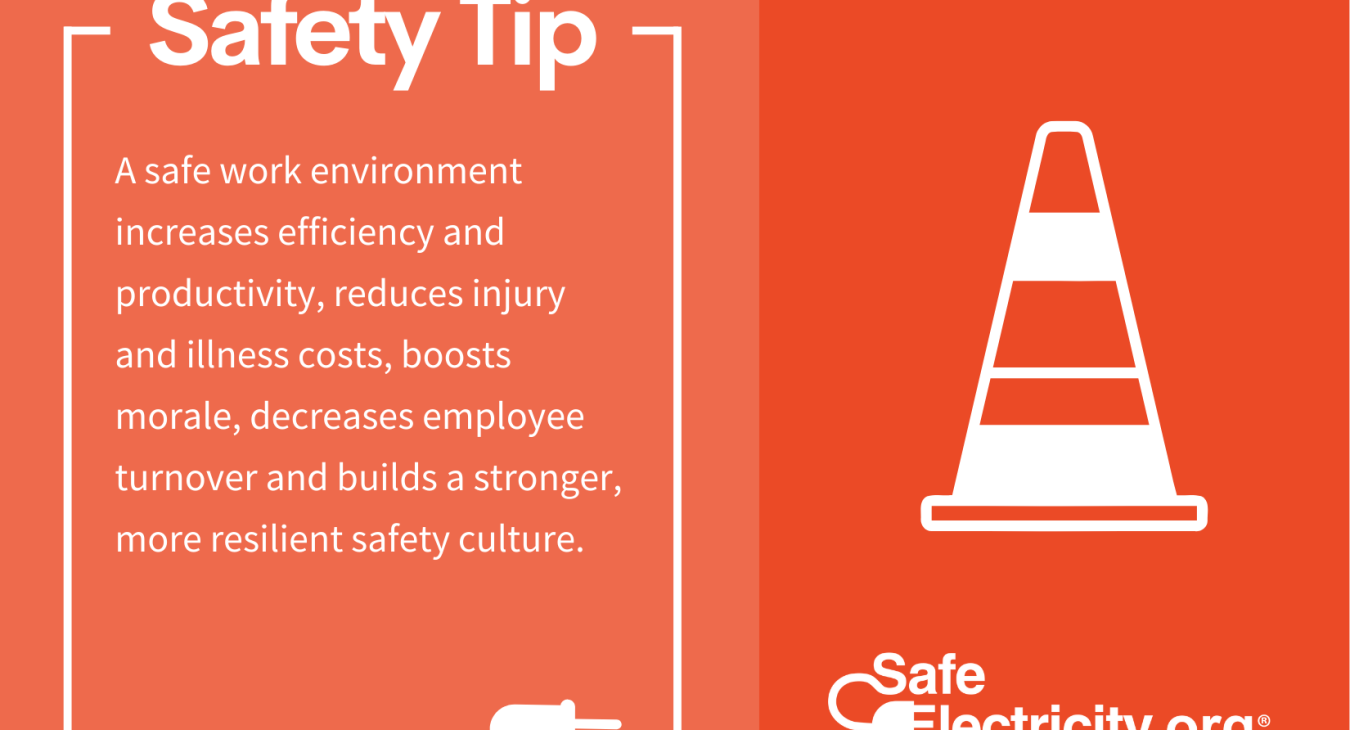How many days do you walk into your workplace, unaware of anything new around you? If you are like most people, probably most days. You walk straight to the break room for some hot java and then to your work area to start your day.
Most of us assume we are safe from on-the-job hazards that can cause incidents, injuries and deaths — yet these things happen every day. Though you may not see or notice them, hazards are present in our workplaces and homes.
Workplace hazards, unless they are obvious (think chemical spill or an obvious trip hazard), can fade into the background or be left for someone else to remedy. However, workplaces that enable every worker — regardless of title or position — to notice and respond to hazards make the workplace safer for everyone. A culture of safety saves lives.
As you go through your workday, consider the workstation, environment, tasks and machinery you use. Also think about distractions or factors such as temperature, lighting or noise. There are also other types of hazards, such as an uncomfortable work chair, a cluttered walkway or equipment that requires a lot of force to operate. Speak up if you notice an unsafe environment or scenario.
Everyone’s response to hazards is essential for a safe workplace. The NSC recommends taking the following precautionary measures in the workplace:
• Avoid distracted walking.
• Use caution in high-traffic areas, such as doorways and around corners.
• Check workstations for exposed cords.
• Ensure that cups and glasses have spillproof lids.
• Close file cabinet drawers.
• Replace burned-out lighting.
• Wear proper personal protective equipment.
• Know the process for reporting hazards.
Employers should incorporate hazard awareness in the workplace to reduce and eliminate risks. A “find and fix” approach should be part of every workplace safety and health program. This mentality empowers employees to speak up when they see hazards and, in turn, makes the workplace a safer place.
Simple Steps for a Safer Workday

